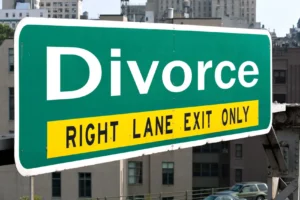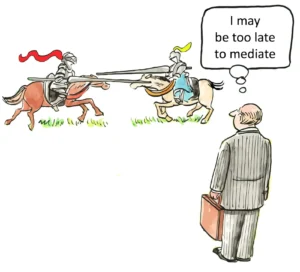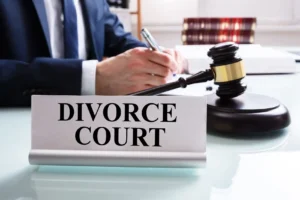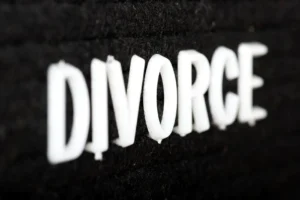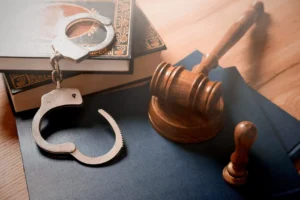A Simple Guide to the Personal Injury Case Process
An accident can be overwhelming, especially one that was not your fault. With so many medical bills, missed work, and phone calls with your insurance, who really knows what comes next?
The good thing is that if you have been injured due to someone else’s negligence, you can be qualified for a settlement through a personal injury claim. Therefore, knowing the steps involved may make the process less confusing and help you protect your rights from the get-go.
Step 1: Gathering of Evidence
Each personal injury case starts with an accident, like a vehicle crash, a trip and fall, or another incident that injures a person. After the event, ensure you are safe and visit a doctor soon after.
When the scene is safe, photograph your injuries and damage to your property, take down eyewitness contact information, and write notes about the incident. Such early documentation may significantly help establish fault later on.
Step 2: Seek Medical Attention
Even if you feel fine, always get checked by a doctor. Some injuries do not become apparent until hours or days after the accident.
Medical records will help establish that your injuries were caused by the accident. If you skip your treatment or delay taking care of it, it weakens your claim and gives the insurance adjuster a reason to doubt your injuries. When it comes to getting compensated, consistent medical documentation is one of your strongest tools.
Step 3: Contact a Personal Injury Attorney
After addressing your immediate health concerns, consult with a personal injury lawyer. An attorney can analyze your case, highlight your legal choices, and manage communications with the insurance company.
Most personal injury lawyers offer free consultations and work on a contingent fee, which means they get paid only if you win. With legal assistance, you won’t be coerced into a lowball settlement.
Step 4: Investigate and Build a Case
Your lawyer will investigate the medical records and police report and speak to witnesses and experts. Your attorney will use this evidence to show how the wrongful actions of the at-fault party caused your injuries.
Step 5: The Demand and Negotiation Stage
Once your treatment has come to a stop, your lawyer prepares a demand package to the at-fault party’s insurer. Your attorney’s demand letter describes your injuries, expenses, and the amount desired.
Afterward, negotiations take place between both parties. A lot of cases get settled during this stage, making it less time-consuming and stressful for the plaintiff.
Step 6: Filing a Lawsuit
When a settlement is not forthcoming, your lawyer will take the case to litigation. After filing a lawsuit, you will go into a discovery phase and exchange the evidence. Litigation can last for months and at times years, depending on the complexity of the case and the courts.
Stage 7: Mediation, Settlement, or Trial
Prior to trial, there may be mediation in which a neutral mediator would facilitate an agreement between the parties, providing a structured process. If the parties can’t agree, the case gets tried before a judge or jury. They will hear the evidence and make the fault and compensation finding. The length of trials may benefit victims as they get bigger awards.
Step 8: Collecting Your Compensation
When you reach a settlement or get a verdict, your lawyer will process and distribute the money. This involves the payment of unpaid medical bills or liens, deduction of legal fees, and delivery of your compensation. This last step is to ensure you get what you deserve and can move on after the accident.
Conclusion
Even though a personal injury case can feel overwhelming, the timeline helps you stay informed and confident. Every step along the way is essential to achieving justice. When your lawyer comes in and prepares you properly, you can forget the rest while he fights for your worth.
Key Takeaways
- Report the incident to law enforcement and medical personnel immediately.
- Keep medical and accident personal injury documentation to strengthen your claim.
- Hire a lawyer to protect your rights and negotiate fair compensation.
- Be patient, as the compensation process takes time.





